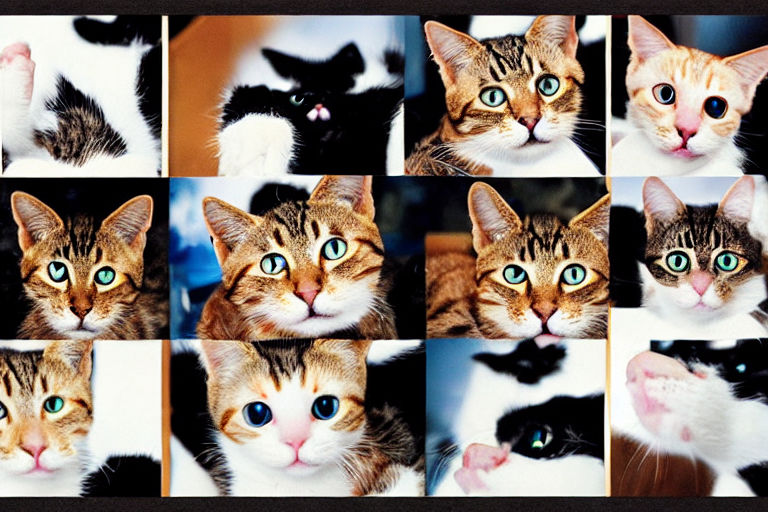The Secret Language of Cats: Understanding More Than Just Purring
Cats have a mysterious way of communicating that has fascinated humans for centuries. While we may be able to pick up on their basic signals such as purring and meowing, there is actually a whole world of cat communications that we are often unaware of.
If you’re a cat owner or simply a cat enthusiast, it's important to learn about this secret cat language to better understand these fascinating animals. Here are some insights to help you get started:
Body Language
One of the most important ways cats communicate is through their body language. For instance, when a cat is feeling playful, they'll often crouch down in a "pounce position" with their tail twitching from side to side. When they're feeling scared or threatened, they may puff up their fur and arch their back to appear larger. By paying attention to their body language, you can often tell what your cat is feeling without them having to make a sound.
Vocalizations
Cats use a range of vocalizations to communicate with us and with each other. Meowing is usually reserved for communication with humans, while purring can be a sign of contentment, but it can also indicate pain or stress. Other cat sounds include hissing, growling, and even chirping. By learning the different sounds your cat makes, you can start to decode what they are trying to tell you.
Eye Contact
Another way cats communicate is through eye contact. When a cat stares directly into your eyes, it's usually a sign of trust and affection. However, prolonged eye contact can also be a sign of aggression in some cats, so it's important to pay attention to their body language as well.
Scent Marking
Cats also communicate through scent marking. They may rub their faces or bodies against you, furniture, or other objects in their territory to leave their scent behind. This is a way for them to mark their territory and create a sense of familiarity in their environment.
In conclusion, cats are much more sophisticated communicators than we often give them credit for. By learning about their secret language and paying attention to their body language, vocalizations, eye contact, and scent marking, we can gain a deeper understanding of these fascinating creatures.





